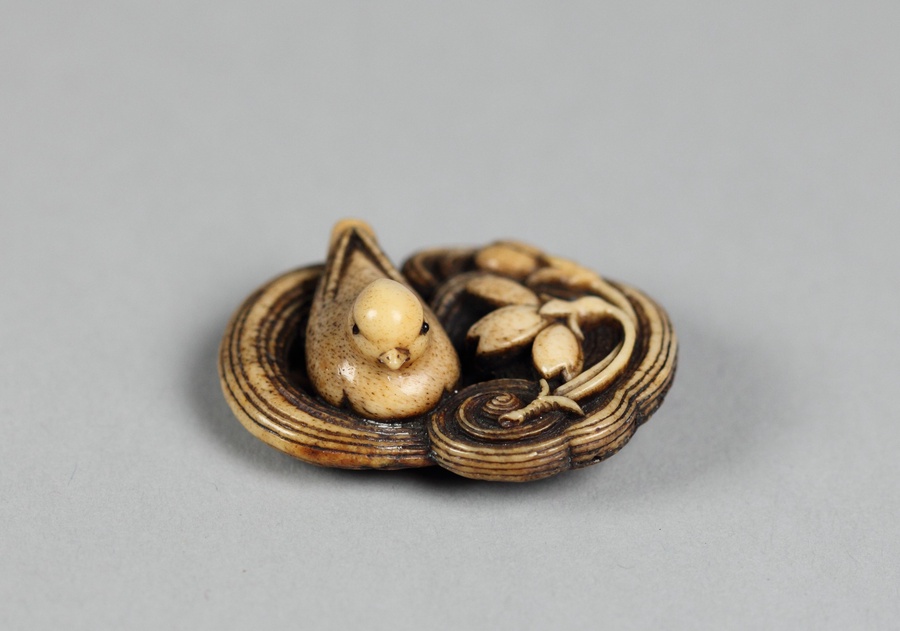ARTchivist's Notebook: Nest or niche?

As some of you know, I used to write about art a lot more. For almost 15 years, from 2005 to 2020, I wrote and published art reviews at least once a month, first for the SF Weekly, then for the LA Times, with plenty of other publications sprinkled in. When I lost my regular gig at the LA Times in 2020, I didn’t mourn — there was a lot more to worry about — but that moment did mark a turning point for me in more ways than one.
In the early days, I wrote about all kinds of art made by all kinds of people, but over the years I’ve seen both my interests and my assignments contract. Starting in 2016, I decided to focus on work by women artists and artists of color. Over the last few years, the only assignments I pitch or receive are related to Asian American artists, or artists with whom I have some personal connection. This effect might just be a product of getting older, as I understand better what’s important to me. It might also be a result of having less time — no more throwaway reviews! But I can’t help feeling it’s also a symptom of our atomized cultural times. Not only am I turning inward or looking at issues closer to home, but I feel I am perceived as a “Japanese American writer,” an “Asian woman writer.” I’m not saying I can’t write about Ed Ruscha if I want to (and I don’t), but something has shifted.
This shrinking, or niche-ing of my purview as an art writer is in some ways the result of the inclusion and equity work I do in my other job as an inclusive metadata consultant. As I argue for including more voices in our shared cultural heritage, I also argue for selecting and amplifying certain affiliated voices; when we describe an artifact from a given culture, we want to hear from the people who created and use it, for whom it has meaning. In art writing, I have become a small and infrequent voice affiliated with Asian American art, and even more specifically, Japanese American art. I am not mad at this — it is a nest in which I happily snuggle — but it also comes with some sadness.
What am I mourning? My “right” to be a universal subject (which is only an illusion of white supremacy anyway), blabbing about whatever I want? Well, yes, to a certain extent. But that is not the world we live in. I do believe it’s important for Asian American art critics to weigh in on Ed Ruscha, but I also support our preference not to. As our world struggles with increasingly unequal distributions of resources, attention, and time spent on artists we already know tons about, I will continue to nest in my niche for as long as is necessary to bring the artists, works, and issues I care about to broader and brighter light.
My latest (sort of)
I wrote this essay for the exhibition See You Space Cowboy…From Hokusai to Hiphop at San Francisco State University. The show took place over a year ago, but the catalog has just recently been published. It’s an example of an opportunity I got because I’m a “Japanese American art writer.”
“In the Mix: Some Thoughts on Japanese Pop Culture and Contemporary Art”
And from 2005…or I’ve been writing long enough to have to use the Wayback Machine.
I might tweak a few things if I were reviewing this show now, but this review is an example of something I chose because I’m a “Japanese American art writer.”
Damaged Goods: From masturbation to vomit, Makoto Aida plumbs Japan’s cultural depths
I’m not alone
The tension between writing about work you’re personally invested in and being pigeonholed to only write about that work is a situation many critics of color find themselves in. It’s one of the challenges we examine in the report, Topdogs and Underdogs: Critics of Color and the Theatrical Landscape. One of the most gratifying things I’ve heard since the report came out is that critics of color see themselves and their experiences reflected in it, and it helps them feel less alone. As anyone who writes for a living (or even not a living) will tell you, it can be a lonely profession.